When it comes to interior design and construction, the choice of flooring plays a pivotal role in determining the overall aesthetic appeal and durability of a space. Ceramic tiles and porcelain tiles are two popular options that offer unique advantages and distinct characteristics. This article explores the key differences between ceramic and porcelain tiles, helping you make an informed decision when choosing the ideal flooring solution for your project. 1. Composition and Manufacturing Process: Ceramic tiles are made from a mixture of clay and other natural materials, which are then kiln-fired at high temperatures. These tiles are generally glazed to create a protective surface layer that enhances their visual appeal and makes them resistant to stains and water damage. On the other hand, porcelain tiles are composed of fine porcelain clay and are fired at even higher temperatures. This makes the porcelain tiles denser, harder, and less porous compared to ceramic tiles.
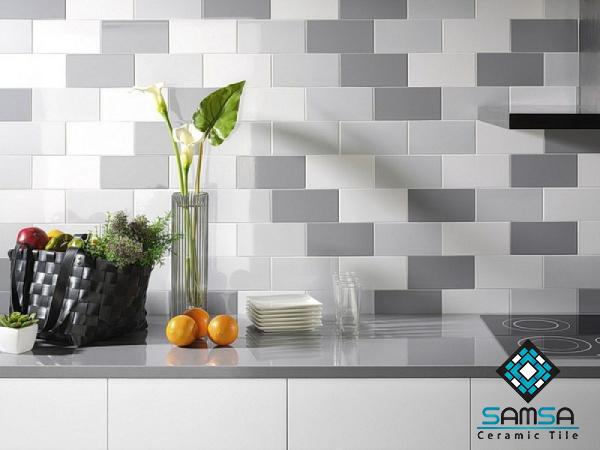
.
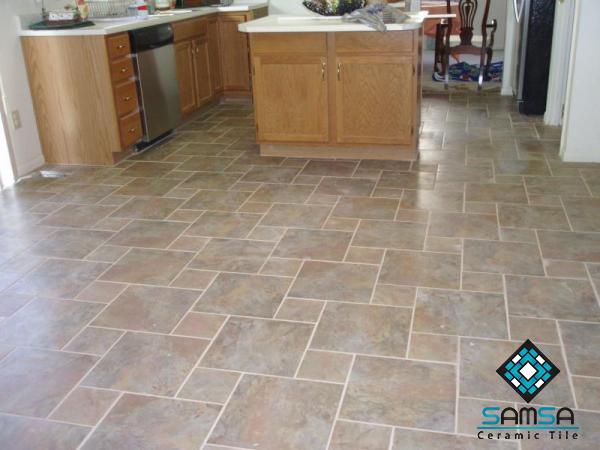 2. Durability and Strength: Porcelain tiles are renowned for their exceptional durability and strength. Their density and low porosity make them highly resistant to scratches, cracking, and moisture absorption. Due to their composition, porcelain tiles are suitable for high-traffic areas, outdoor applications, and even commercial spaces. Ceramic tiles, while less dense and slightly more porous, still exhibit decent durability and can withstand regular foot traffic and household use. 3. Water Absorption and Resistance: The lower porosity of porcelain tiles gives them an edge in terms of water resistance. With a water absorption rate below 0.5%, porcelain tiles are classified as impervious, making them an excellent choice for areas prone to moisture such as bathrooms, kitchens, and laundry rooms. Ceramic tiles, with a water absorption rate between 0.5% and 3%, are considered semi-vitreous or vitreous and are generally suitable for most indoor applications.
2. Durability and Strength: Porcelain tiles are renowned for their exceptional durability and strength. Their density and low porosity make them highly resistant to scratches, cracking, and moisture absorption. Due to their composition, porcelain tiles are suitable for high-traffic areas, outdoor applications, and even commercial spaces. Ceramic tiles, while less dense and slightly more porous, still exhibit decent durability and can withstand regular foot traffic and household use. 3. Water Absorption and Resistance: The lower porosity of porcelain tiles gives them an edge in terms of water resistance. With a water absorption rate below 0.5%, porcelain tiles are classified as impervious, making them an excellent choice for areas prone to moisture such as bathrooms, kitchens, and laundry rooms. Ceramic tiles, with a water absorption rate between 0.5% and 3%, are considered semi-vitreous or vitreous and are generally suitable for most indoor applications.
..
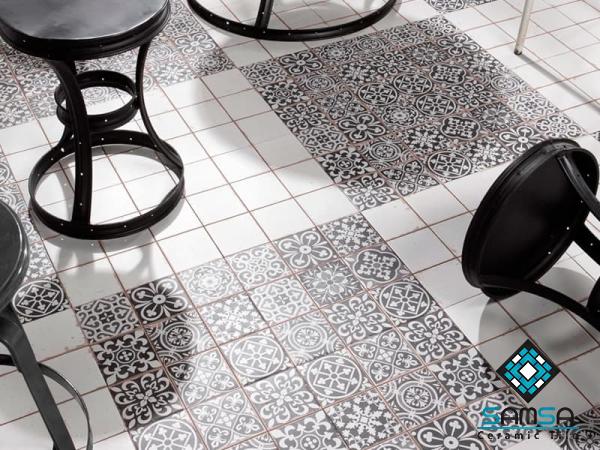 4. Design Options and Aesthetic Appeal: Both ceramic and porcelain tiles offer a wide array of design options to suit various interior styles and preferences. Ceramic tiles, due to their manufacturing process, often come in a broader range of colors, patterns, and textures. They can replicate the look of natural stone, wood, or even exotic materials, providing an endless array of creative possibilities. Porcelain tiles, on the other hand, offer a more polished and refined appearance, often resembling natural stone. This gives them a luxurious and timeless aesthetic appeal that is highly sought after in modern interior design.
4. Design Options and Aesthetic Appeal: Both ceramic and porcelain tiles offer a wide array of design options to suit various interior styles and preferences. Ceramic tiles, due to their manufacturing process, often come in a broader range of colors, patterns, and textures. They can replicate the look of natural stone, wood, or even exotic materials, providing an endless array of creative possibilities. Porcelain tiles, on the other hand, offer a more polished and refined appearance, often resembling natural stone. This gives them a luxurious and timeless aesthetic appeal that is highly sought after in modern interior design.
…
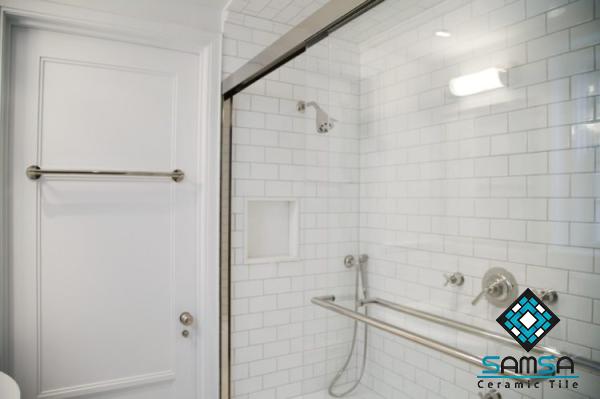 5. Maintenance and Care: Both ceramic and porcelain tiles are relatively easy to maintain. Regular sweeping or vacuuming, followed by mopping with a mild detergent and warm water, is usually sufficient to keep them clean. Although both tile types are resistant to stains, ceramic tiles may require sealing to protect the grout lines and prevent dirt from penetrating. Porcelain tiles, being more impervious, do not typically require sealing. Conclusion: Understanding the differences between ceramic tiles and porcelain tiles can help you choose the ideal flooring solution based on your project’s specific requirements, budget, and aesthetic preferences. While ceramic tiles offer versatility and a wide range of design choices, porcelain tiles excel in durability, water resistance, and a luxurious finish. Consider these factors carefully to make an informed decision that will enhance the longevity and visual appeal of your space.
5. Maintenance and Care: Both ceramic and porcelain tiles are relatively easy to maintain. Regular sweeping or vacuuming, followed by mopping with a mild detergent and warm water, is usually sufficient to keep them clean. Although both tile types are resistant to stains, ceramic tiles may require sealing to protect the grout lines and prevent dirt from penetrating. Porcelain tiles, being more impervious, do not typically require sealing. Conclusion: Understanding the differences between ceramic tiles and porcelain tiles can help you choose the ideal flooring solution based on your project’s specific requirements, budget, and aesthetic preferences. While ceramic tiles offer versatility and a wide range of design choices, porcelain tiles excel in durability, water resistance, and a luxurious finish. Consider these factors carefully to make an informed decision that will enhance the longevity and visual appeal of your space.
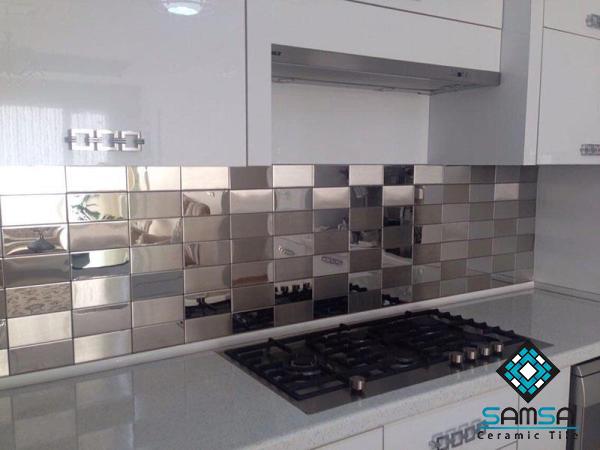
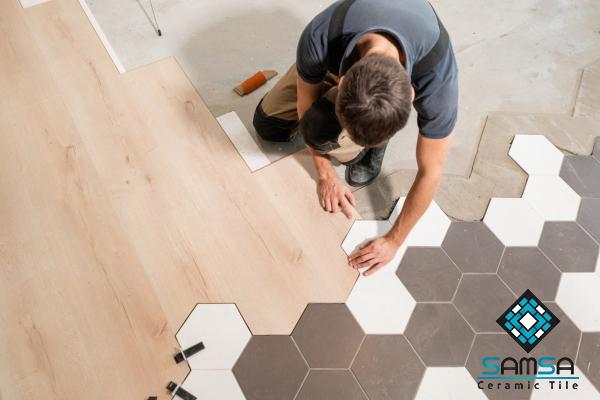

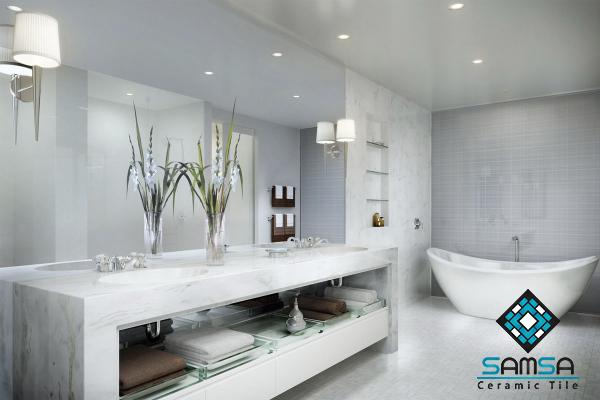
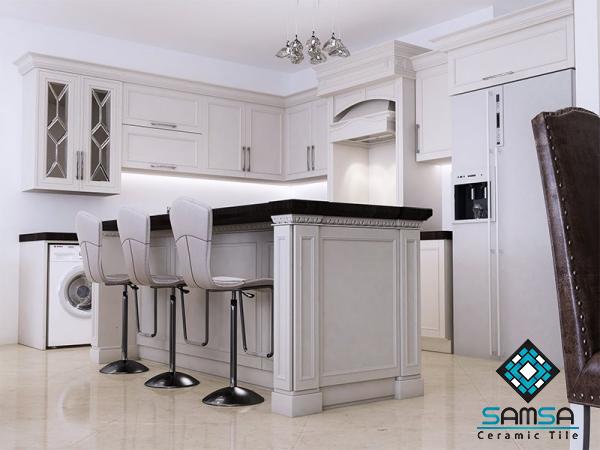

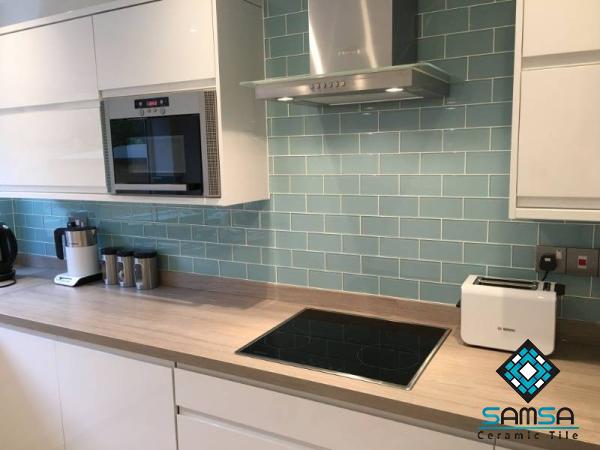

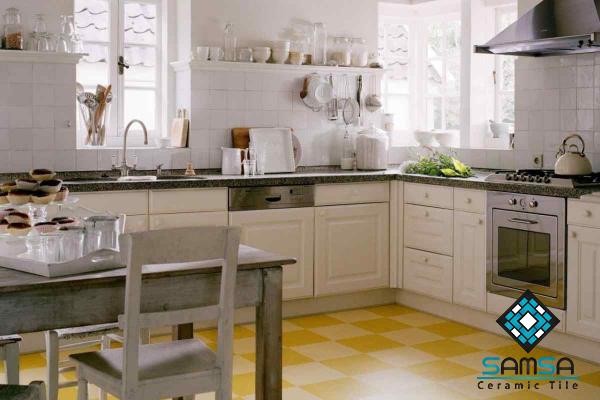
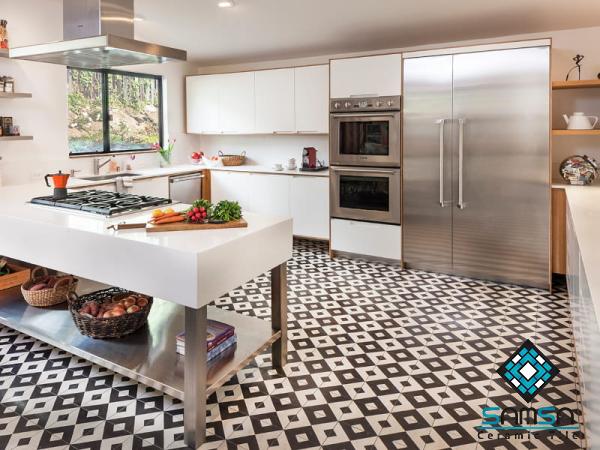
Your comment submitted.